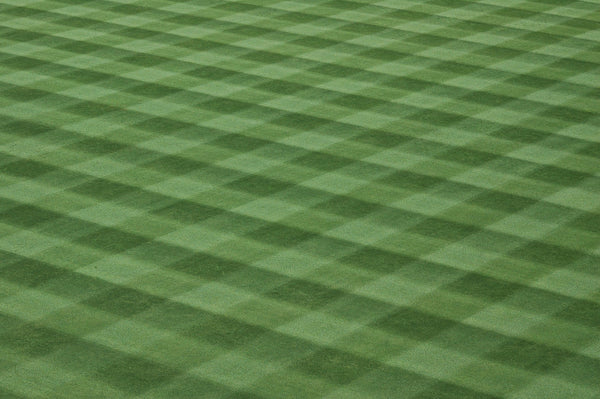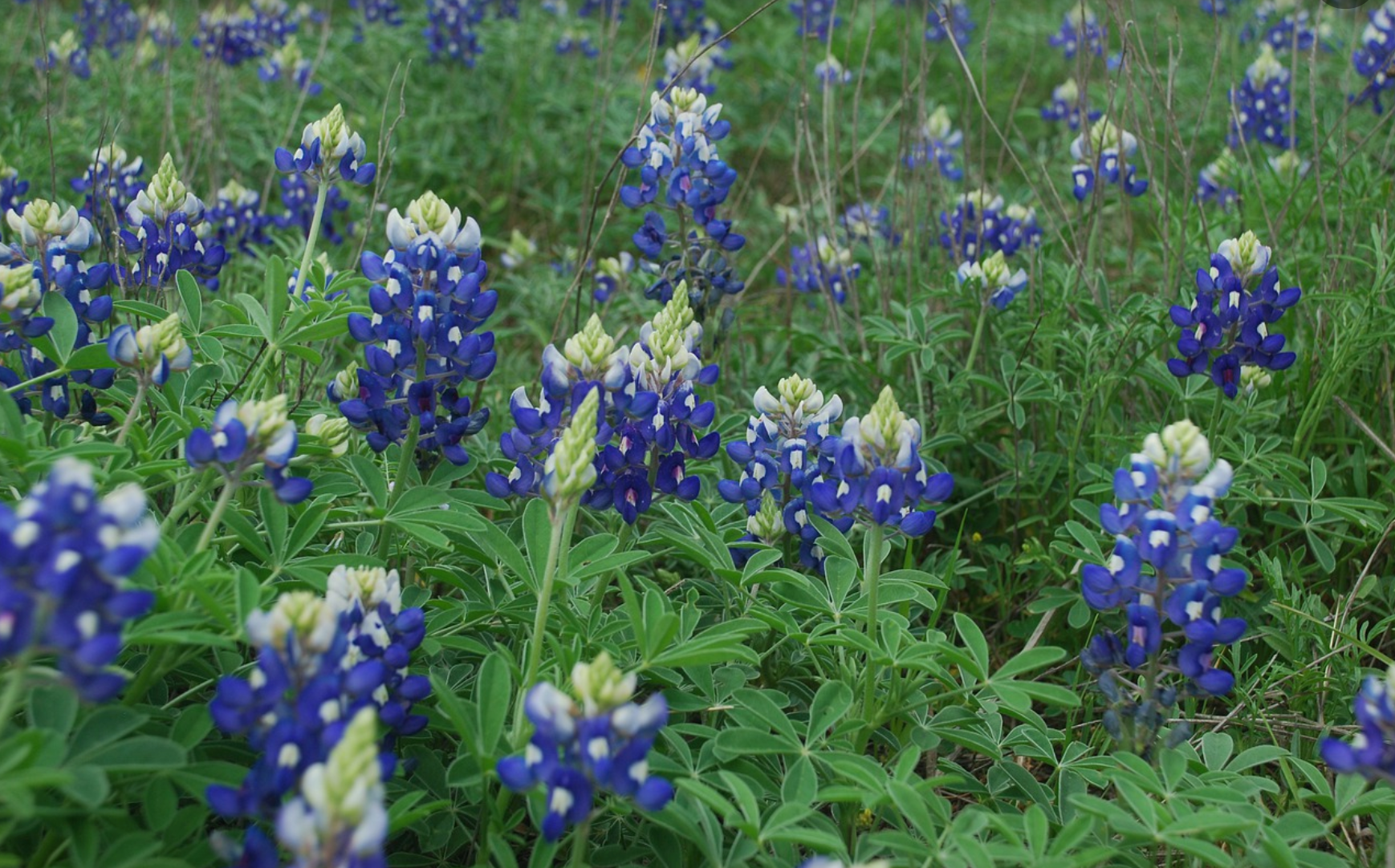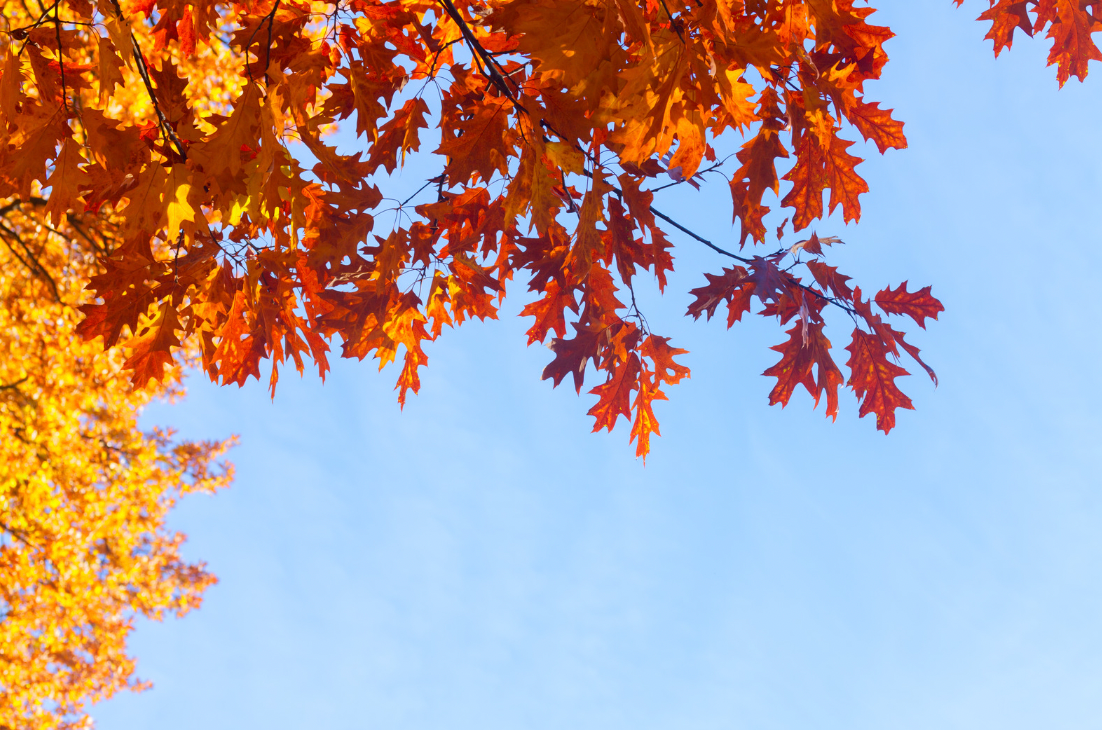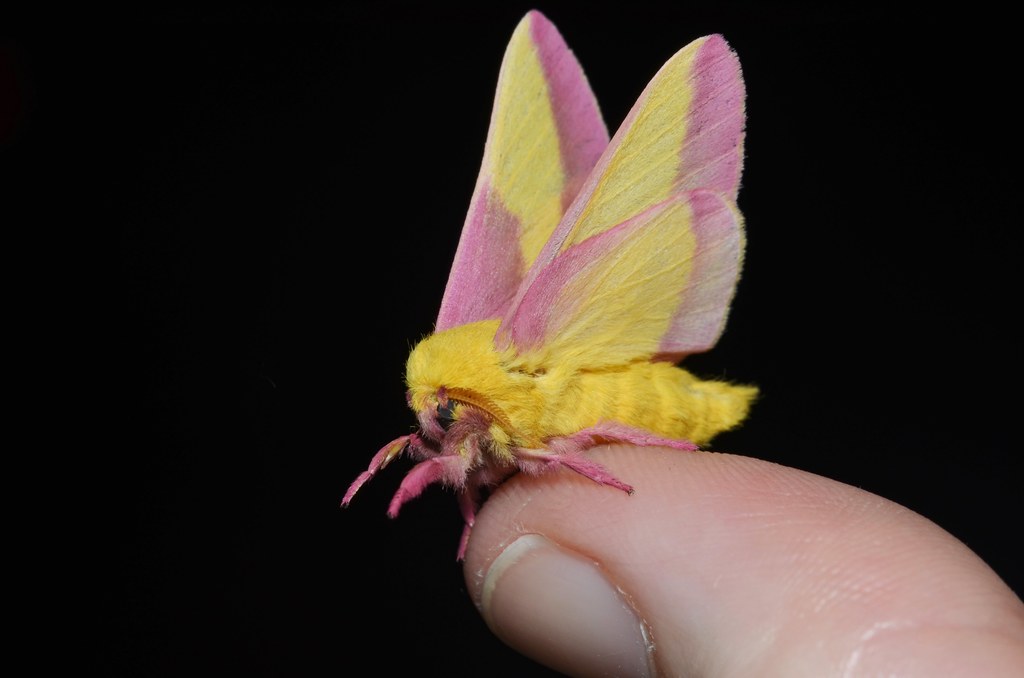Thirst Trap, some advice for lawn lovers
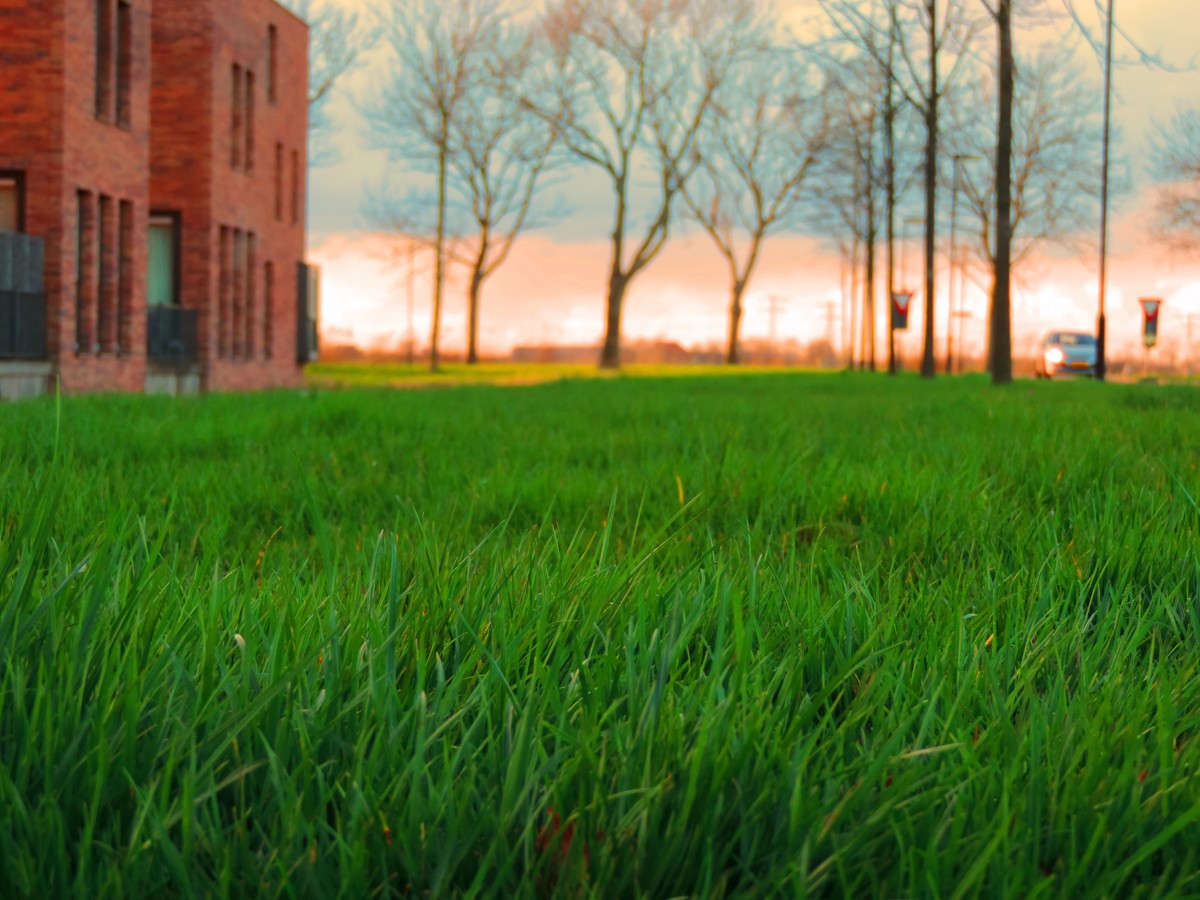
Thirst Trap
The Lawn.
At the Nursery, we get a lot of phone calls looking for ways to reduce lawn upkeep costs. If you live in an HOA, your options for lawn replacements are somewhat limited to Bermuda, St. Augustine, or even Zoysia grass. These grasses can be difficult to maintain with our Texas weather shifts, droughts, and shade-covered yards. How do we turn the American dream of bright green lawns into a reality?

Mowers and raking,
Create perfect paths through green,
Simple suburban Zen
Baseball has shown that all kinds of patterns can be cut into the green carpet.
The Skinny
So what if you could reduce your water usage, mowing frequency, and overall lawn costs while still keeping a green lawn that will make your HOA president jealous? One way to cut the fee is to expand your garden beds. You can also think of this in reverse: reduce the areas you need to mow. If you smother and cover your borders with a few layers of cardboard, a few inches of soil, and some mulch on top–you'll have reduced your lawn by a percentage. This creates a "Framing effect," where the beautiful outstretching flower bed frames your lawn. Have spots where grass simply won't grow? Get creative! "Island beds" can be planted in these areas and float upon your sea of green lawn. These beds are great for underneath trees as well.
Check your city’s / HOA code to see how much lawn you can reclaim for your garden.
Another idea, trade out your grasses.

The flowering structure of most Sedges
If it looks like grass and grows like grass, but with less water and a tidy clumping habit, it has to be a sedge. Yes, sedges make wind-pollinated flowers that look similar to the dreadful nutsedge, but with a 2000-member family, there's bound to be some prickly members. Just imagine their family reunion. https://en.wikipedia.org/wiki/Cyperaceae Sedges are a grass-like plant that belongs to the genus Carex. Carex means “grass-like” in Latin. There are over 2,000 species of sedges, and they are often referred to as true sedges. These scruffy perennials are native to many different environments worldwide and can grow in areas where other plants may struggle. There might already be some hiding in your yard.
Not only are sedges and carex low maintenance, but they can also provide shade and color in various climates. They come in a range of sizes and colors, and they can be used in multiple ways in your landscape. Many of the larger growing sedges change colors in autumn. For example, they can be used as ground cover, planted along walkways and paths, or used as a colorful accent in the landscape.
In addition to their practical benefits, sedges can also create visual harmony. They can be planted in a line around a patio or pool, providing a natural privacy screen, or planted in a pattern to fill out a lawn that’s just given up. This makes them an excellent choice for those who want to add privacy and shade to their yard without sacrificing style.

What's the catch?
Sedge lawns will cost more upfront. Sedges are slow growing and tricky to germinate from seed. Only a few commercial growers are interested in slow-growing species. However, by investing in a carefree lawn, the reduction of mowing services, fertilizers, and water bills will eventually pay for itself. This idea is familiar if you’ve considered adding solar to your home.
One more thing, sedges don't like being eaten or trampled upon. These are not good pasture grasses. Which shouldn’t be a problem for most of you. Suppose you use your front yard like a decorating competition, as I do. Thanks to the deep roots and resilient nature of sedges, your yard will stay green throughout the dry season.
Since there are so many sedges options, whether you have dry or wet soil. There's a sedge for your yard.
Here are some sedges that we have had success with:
 |
Height: 4”-8” Spread: 12”-18” Light: Full Sun, Partial Shade, Full Shade |
 |
Height: 6”-12” Spread: 1’ Light: Full Sun, Part Sun, Dappled Shade |
 |
Height: 2’ Spread: 2’ Light: Full Sun, Full Shade |
Ok, but what if you like-like your lawn? What can you do? Try adding some plants with grass-like foliage so that you get some seasonal color. Before you sharpen your mower blades... Check out the No Mow May initiative.
Grass-like mix-ins
 |
Sisyrinchium angustifolium Height: Up to about 18 inches tall Bloom: Mar , Apr , May , Jun , Jul Native Habitat: Meadows; damp fields; low, open woods |
 |
Sisyrinchium campestre Size: Up to about 15 inches tall. Bloom: Mar , Apr , May , Jun Native Habitat: Prairies; open woods |
 |
Sisyrinchium albidum Height: Up to about 15 inches tall. Bloom: Mar , Apr , May , Jun Native Habitat: Prairies; sand hills; open wood |
Conclusion
Lawns have a place in our yards. Perhaps that place can be smaller. Pairing your landscape with carefree natives just makes gardening easier. As for the thirst trap, did you know we water our lawns with drinking water? That's a Trap!

